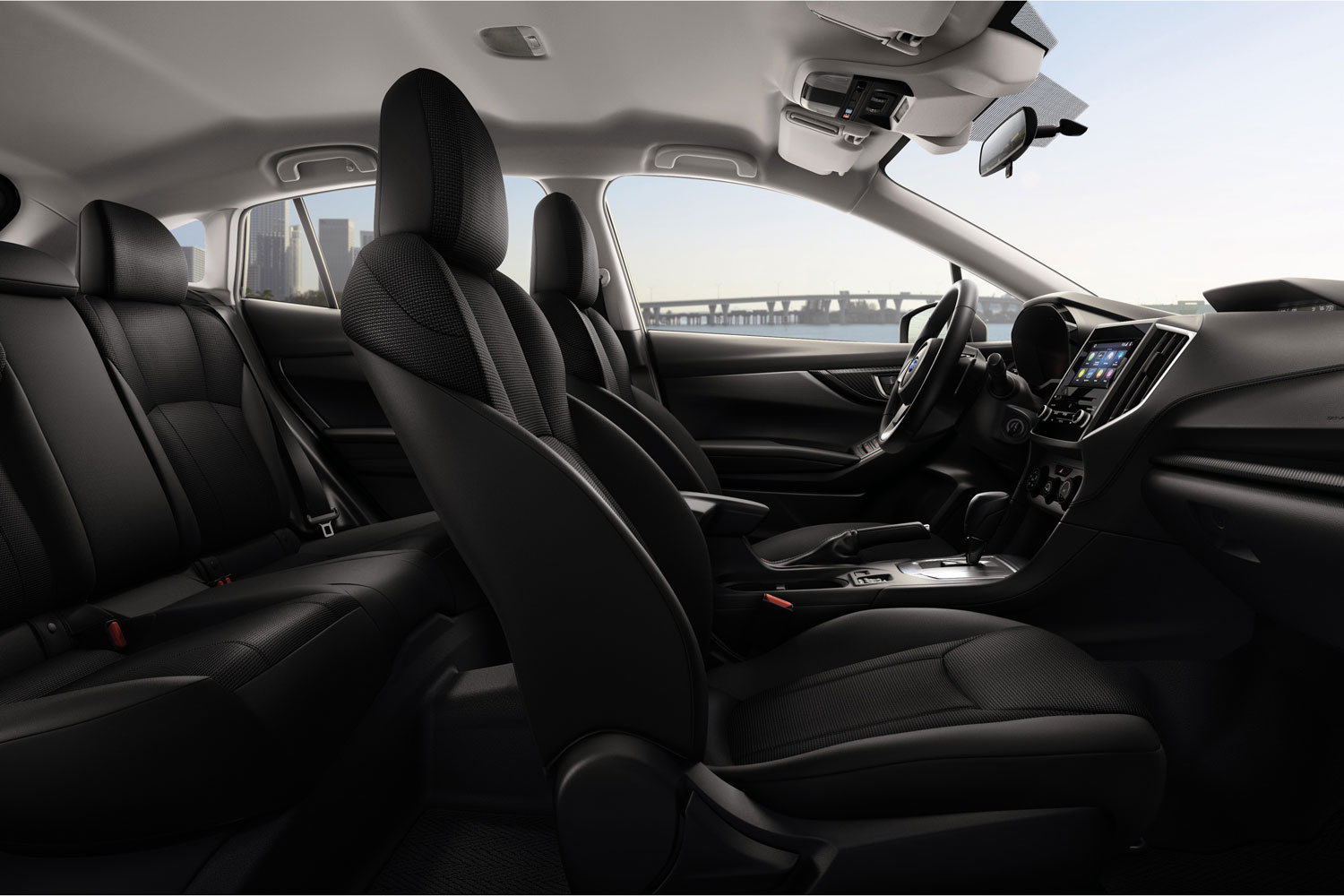What to Look for in Car Seat Covers
Covers come in many shapes, sizes, and materials. Here’s how to narrow down your search.
 Subaru
Subaru
Car seats take a lot of abuse. If you want to protect yours from those pointy keys, leaky pens, and stinky pets, you might want to consider a set of seat covers. Here’s a few ways to help you search for the right one.
Why Invest in Seat Covers?
Although most carmakers upholster their seats with durable materials, the combination of years and miles will inevitably take a toll.
Sunlight can cause the upholstery to dry and fade, stains are bound to happen (especially if you carry kids, dogs, or both), and wear on the outer bolsters is sure to show up sooner or later.
A good set of covers can mitigate this damage while also refreshing your car’s interior.
Custom Seat Covers vs. Universal Seat Covers?
Although some carmakers (including Subaru) offer seat covers as accessories, most covers are made by aftermarket companies. They come in two basic types—universal or made-to-measure. It’s like the difference between an off-the-rack suit and one that’s carefully tailored.
Universal seat covers are designed to fit a variety of similarly sized cars, so the same set can go into a Toyota Corolla, a Honda Civic, or a Subaru Impreza. The catch, of course, is in the name; universal covers aren’t designed as exact matches for specific seats, so fitment could be imprecise and you may end up with saggy-looking seats.
Made-to-measure or custom-fit seat covers normally cost more, but that extra money will buy better fit and finish. Because made-to-measure covers are designed for specific makes and models, they’ll fit tighter around the seats and will potentially be safer for riders.
Let’s use the Jeep Wrangler as an example. A set of universal covers for the front and rear seats can cost you about $30, while a set of made-to-measure cloth covers may run up to $210, and a comparable set of custom marine-grade vinyl covers can total around $900.
Materials Matter
Many of the more basic seat covers are made of cloth. Some of them are padded for additional comfort, while others simply add a layer of protection for the stock upholstery.
Other material options include leather, leatherette, vinyl, and neoprene—the stuff used to make divers’ wetsuits. Neoprene is a popular choice because it’s durable, liquid-repellent, and offers good anti-slip protection. Breathable seat covers are widely available as well.
Compatibility Is Key
Whether you choose universal or custom-fit seat covers, it’s a good idea to keep several compatibility questions in mind when buying.
For example, late-model cars equipped with side airbags integrated into the front seatbacks require a specific type of cover designed to let the airbag deploy. Meanwhile, thicker covers (like those made of neoprene) can make heated and ventilated seats less effective, while covers made of a breathable mesh fabric will let through cooling air.
Finally, consider the aesthetics. This is a matter of personal taste, of course, but those neon green neoprene covers might look a little strong against a conservative beige interior.
Written by humans.
Edited by humans.
 Ronan Glon
Ronan GlonRonan Glon is an American journalist and automotive historian based in France. He enjoys working on old cars and spending time outdoors seeking out his next project car.
Related articles
View more related articles